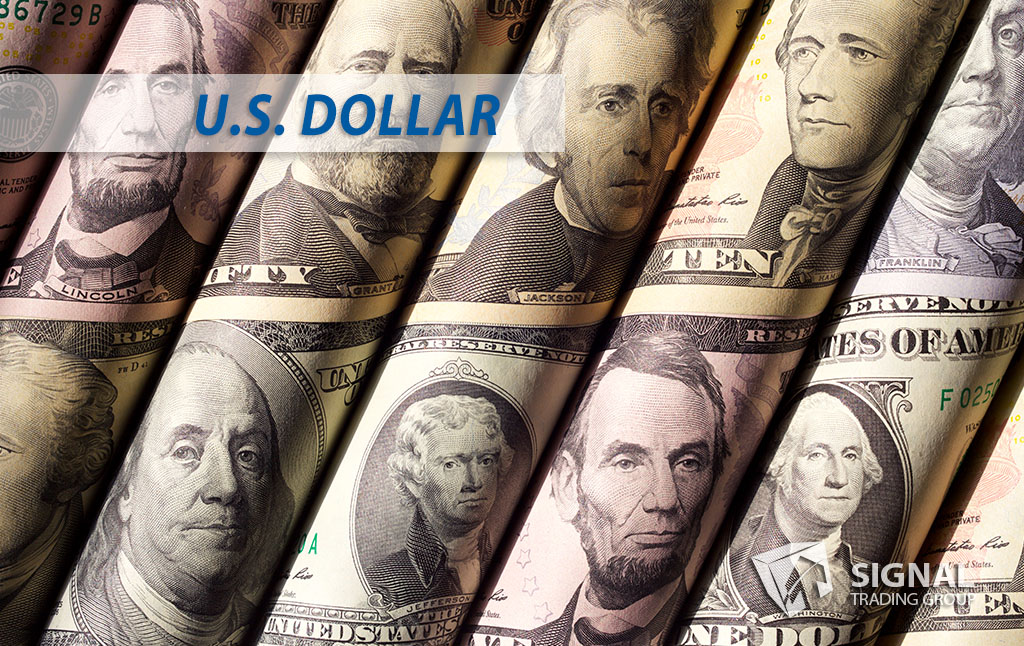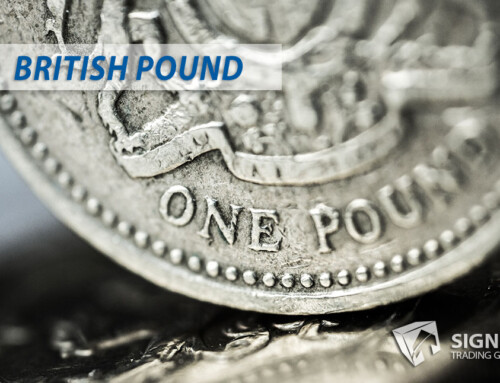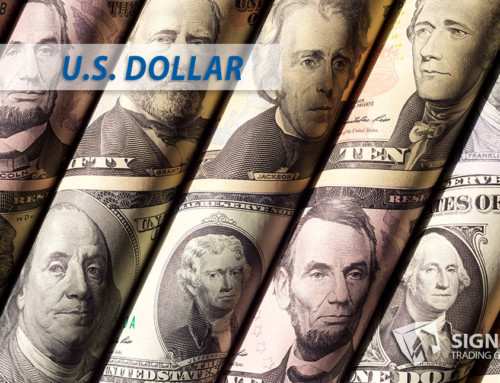The One Dollar Bill: A Treasure Trove of Symbolism and History
Regarding monetary history, few objects hold more cultural and historical significance than the United States One Dollar bill. With its intricate design and myriad symbols, this small piece of paper has always been a powerful symbol of American prosperity, values, and legacy. In this blog post, we will look into the rich history of the U.S. currency, discuss the reasoning behind its denominations, and analyze the symbolism of those iconic dollar bills that have been gracing our pockets for centuries.
The Birth of US Paper Currency
The history of American currency dates back to the early 18th century when a severe shortage of coins struck the young nation. The lack of credit opportunities meant that most Americans relied primarily on bartering to make ends meet. To remedy this situation, the Continental Congress introduced the first paper currency, “Continental Currency,” in 1775.
This early paper currency allowed Americans to conduct trade, pay taxes, and establish credit without a reserve of precious metals such as gold or silver. The various denominations were developed to suit a wide range of transactions and give citizens greater flexibility in their daily lives.
The Sacred One-Dollar Bill
Fast forward a few centuries, and the One Dollar bill is now the most ubiquitous and recognizable symbol of American currency worldwide. But have you ever stopped to consider the multitude of symbolic elements on this seemingly simple piece of paper?
Let’s explore the intricate and fascinating symbolism gracing a One Dollar bill from the eagle to the pyramid, the number thirteen to the Latin phrases.
The Bald Eagle and the Shield
On the bill’s reverse side, we find the Great Seal of the United States, which features the iconic bald eagle clutching an olive branch and a bundle of arrows. These elements represent the United States’ core values, symbolizing peace and military strength.
In front of the eagle lies a shield, embodying the unity that Washington, D.C., desired- joining thirteen disparate states into a single union. The eagle’s beak holds a banner inscribed with the Latin motto “E Pluribus Unum,” meaning “Out of many, one.” This phrase reflects the unity that emerged from the diversity of America’s founding colonies.
The Pyramid, the All-Seeing Eye, and the Number Thirteen
Another set of symbols gracing the One Dollar bill is the pyramid topped by the all-seeing eye. The pyramid’s thirteen steps, reminiscent of the original thirteen colonies, signify stability and permanence. The all-seeing eye inside a triangle above the pyramid is known as the Eye of Providence, symbolizing divine guidance over the nation’s destiny. The Latin motto “Annuit Coeptis,” meaning “He (God) has favored our undertakings,” reinforces this idea.
Finally, beneath the pyramid, the Latin phrase “Novus Ordo Seclorum” translates to “A new order of the ages.” This phrase highlights the intention of the country’s founders to create a new form of government that would stand the test of time.
Symbolism and Significance in the One Dollar Bill
The One Dollar bill is not only a symbol of American prosperity; it also carries within its intricate designs the hopes, values, and aspirations of a nation forged in the crucible of revolution. Each word, symbol, and design on this humble piece of paper speaks of the courage, unity, and determination with which the United States was forged. Whether we know it or not, when we hold a One Dollar bill, we connect with the founding fathers and their dream of a great nation.
So next time you handle a One Dollar bill, pause for a moment and appreciate the history and symbolism that it carries!





